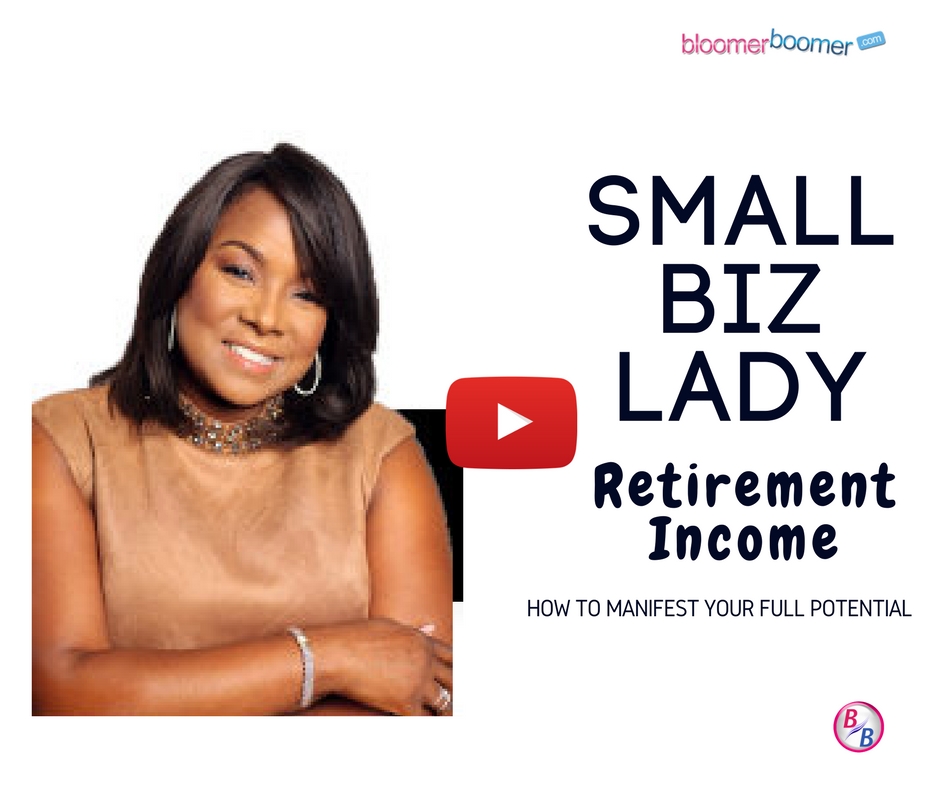Facing Costs Of Prolonged Healthcare
Do you know your options and costs for health care post retirement?
As the last of the baby boomers turn 50 this year, they are ready to redefine what retirement means to them, but have not done all their homework on costs. A recent national survey conducted among boomers ages 50-69 commissioned by RiverWoods, a Type A Continuing Care Retirement Community (CCRC) in Exeter, NH, found while some have put thought into the retirement lifestyles they would like to live – primarily independent, active and within their current homes – many have not started planning for the financial and medical realities that come with getting older.
What boomers know is that they will live longer than any prior generation, and they expect more “life” out of those years. And as the surge in 60+ marathoners and triathletes shows, they are going to change the face of retirement.
What boomers are less familiar with is the statistic from the U.S. Department of Health and Human Services, which estimates that 70% of individuals over the age of 65 will need prolonged care at some point during their lives for an average of three years. The RiverWoods 2014 survey shows that merely 14% of boomers have purchased long-term care insurance and only 12% have researched the cost of assisted living or skilled nursing, should they need it.
In addition, lack of understanding and knowledge of Medicare and Long Term Care insurance is driving seniors to not consider other viable options. Many assume that when they need more medical help as they age, Medicare will cover all the costs. However, there are strict requirements for qualification that many are not familiar with. The same happens with Long Term Care insurance. Before investing in one, it is important to understand what a particular policy will cover.
According to the survey, more than half (55%) are concerned that due to an unexpected medical crisis, they will not have control over where they spend the rest of their days. Yet there is a national retirement model that addresses all of those concerns; the Continuing Care Retirement Community (CCRC). RiverWoods, which is celebrating its’ 20th anniversary this year, is considered to be a “thought leader” in the CCRC community and is encouraging boomers to learn about the industry and the benefits that come with this type of community.
There are 1,900 CCRCs in the U.S., and the concept has been around for 100 years, but never has it been more timely than with the boomer generation. CCRCs provide three levels of care; Independent Living, Assisted Living, and Skilled Nursing and Long Term Care – into one campus or community environment, supporting every potential stage of senior life. RiverWoods was created for retirement-age adults who live independently, but would like the promise of high quality health care services for their future. The community also allows residents to have easy access to services – educational and physical fitness activities – that have been proven to help maintain good mental health in seniors. Research suggests that, people who are more physically active, more mentally active or more socially engaged have a significantly lower risk for developing dementia.
About the author: Cathleen Toomey has been an executive leader at RiverWoods for eight years communicating the financial, mental and physical health benefits of living at a Continuing Care Retirement Community and the importance of preparing for retirement. Founded in 1994 by a grassroots group of seacoast residents interested in fostering a new way to live while growing older, RiverWoods is a nationally-accredited and locally- managed non-profit CCRC celebrating its 20th Anniversary this year. For more information visitwww.RiverWoodsrc.org.
Category: Blog




































